Description
Henri Matisse’s line drawings are a masterclass in minimalism and control—deceptively simple, yet rich with emotion, rhythm, and movement. With just a few fluid strokes, he could evoke a reclining figure, a flower, or a fleeting expression. These works emphasize contour over detail, clarity over complexity, and suggest a deep understanding of form. Matisse believed in “cutting to the essential,” and his line work often reads like visual poetry—quiet but bold, intimate yet universal. The 1930s drawings, in particular, reflect a period of refinement and introspection, where the line becomes not just a tool, but a philosophy.
In 1936, Henri Matisse was living and working in Nice, on the French Riviera—a place that deeply influenced his use of light, space, and serenity. Personally, it was a period of relative calm and creative clarity after a decade of intense artistic experimentation. Though he was in his late sixties, Matisse remained prolific, turning more toward drawing and printmaking as a way to refine form and gesture. He was also navigating emotional distance from his family and a complex relationship with his longtime model and companion Lydia Delectorskaya, who had re-entered his life that same year, reinvigorating his artistic vision.
This book also includes a poem by Tristan Tzara, the Dadaist founder and poet who was a close friend of Matisse. His contribution adds a layer of surrealist texture to the book—a lyrical counterpart to Matisse’s economy of line. The poem doesn’t describe the drawings so much as echo them: abstract, rhythmic, suggestive. Together, Tzara’s words and Matisse’s images form a quiet, avant-garde dialogue between visual and literary modernism—an unexpected but elegant pairing that elevates the book beyond mere reproduction into a full artistic collaboration.


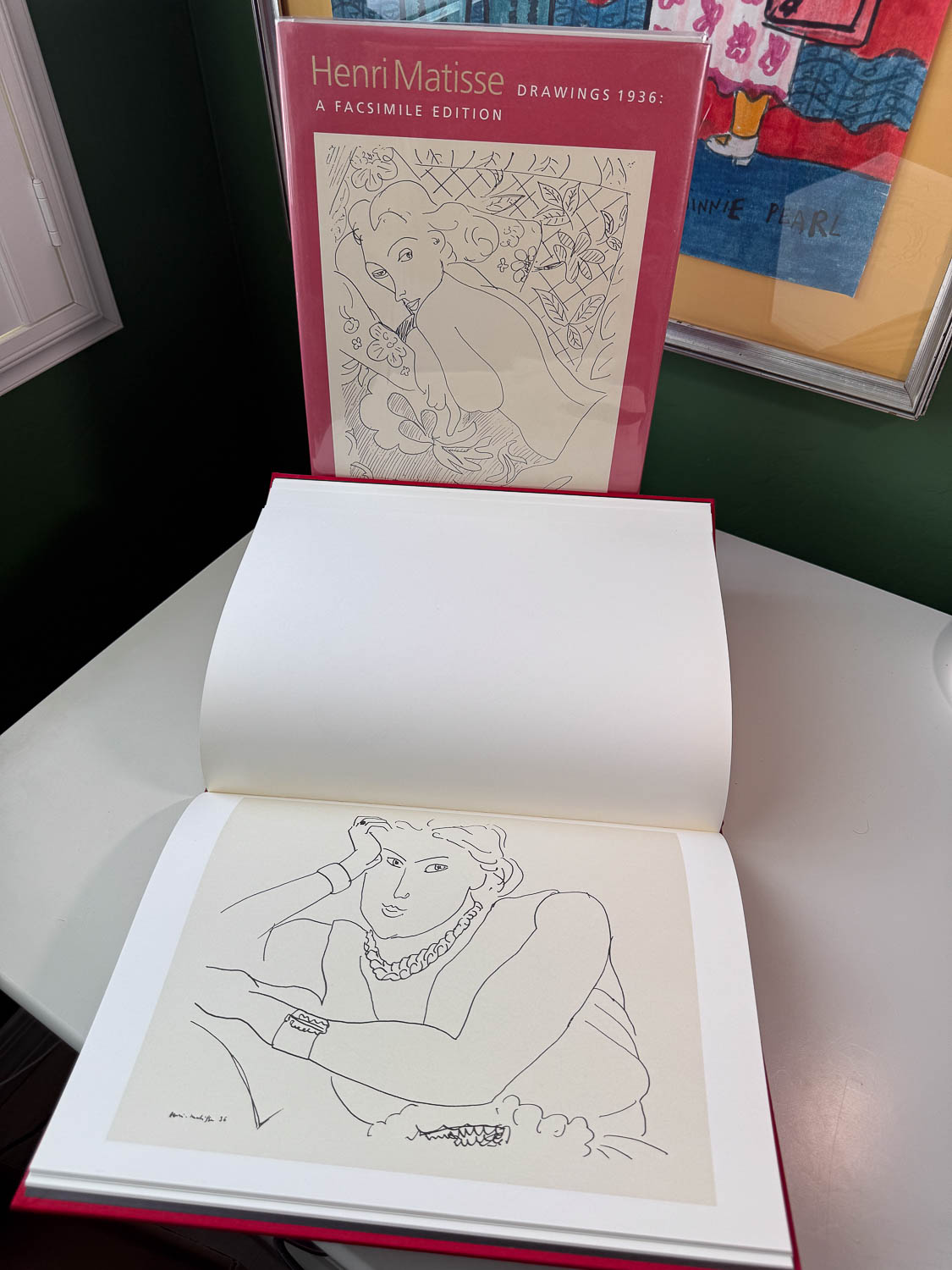
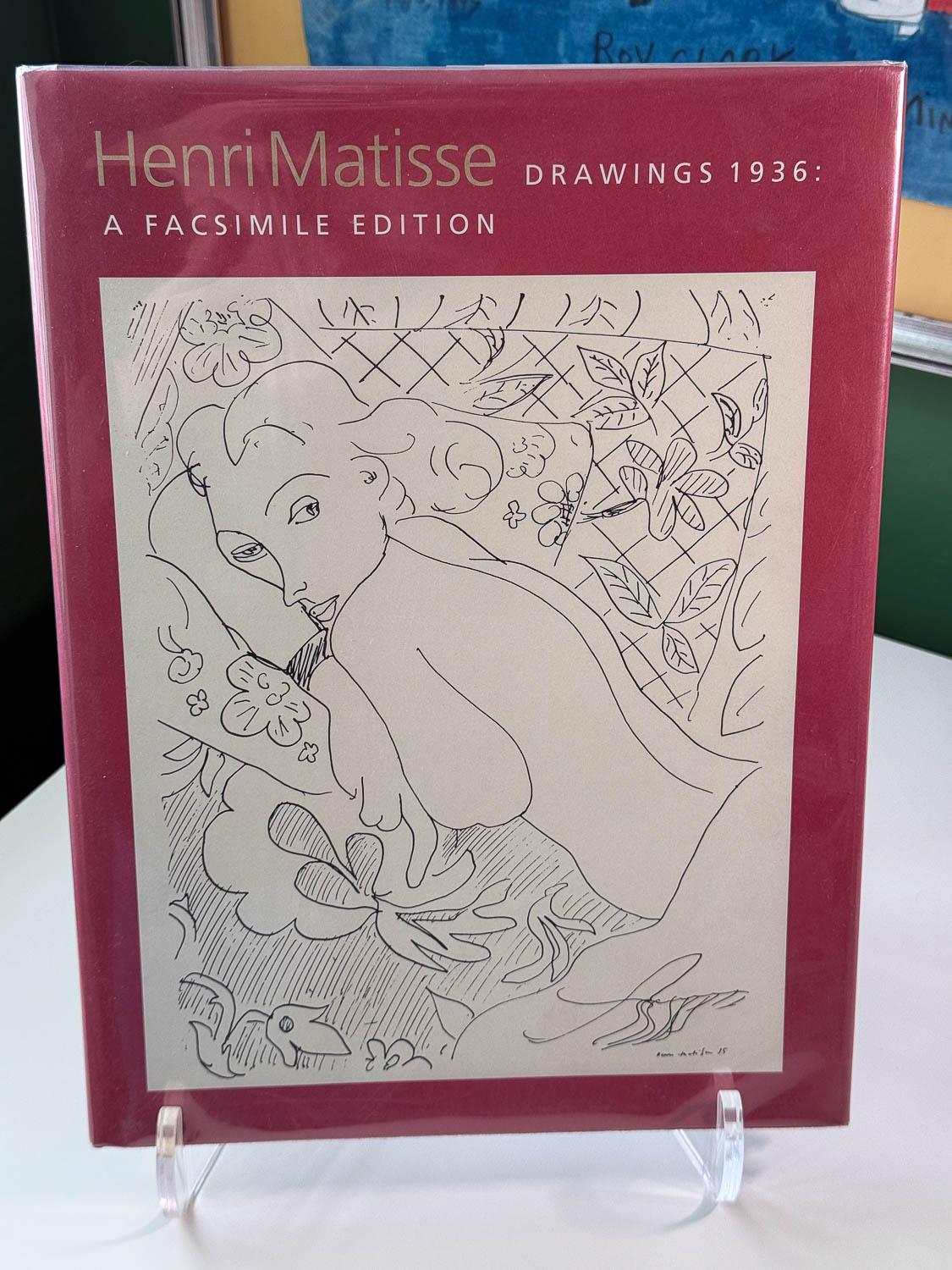
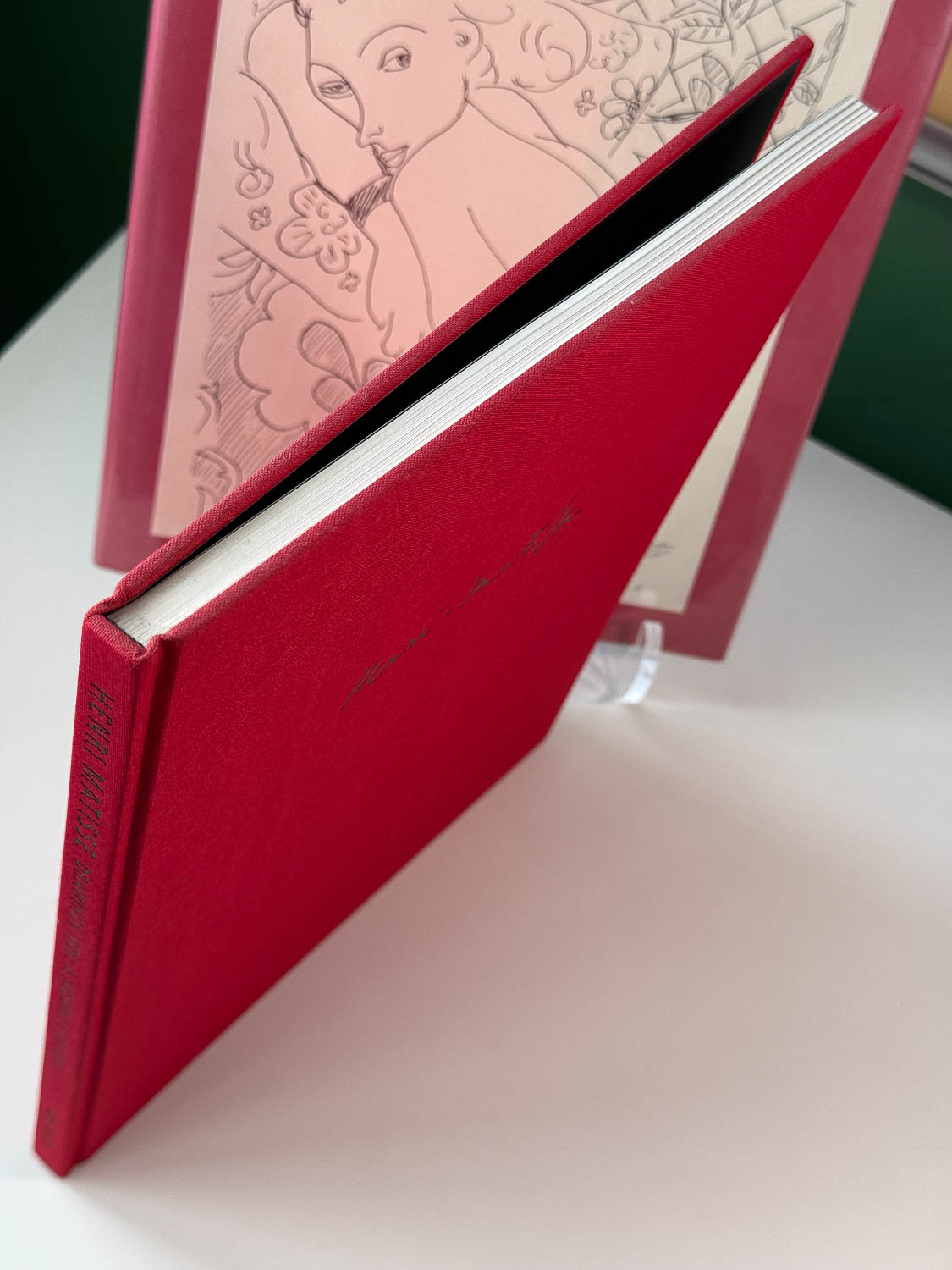
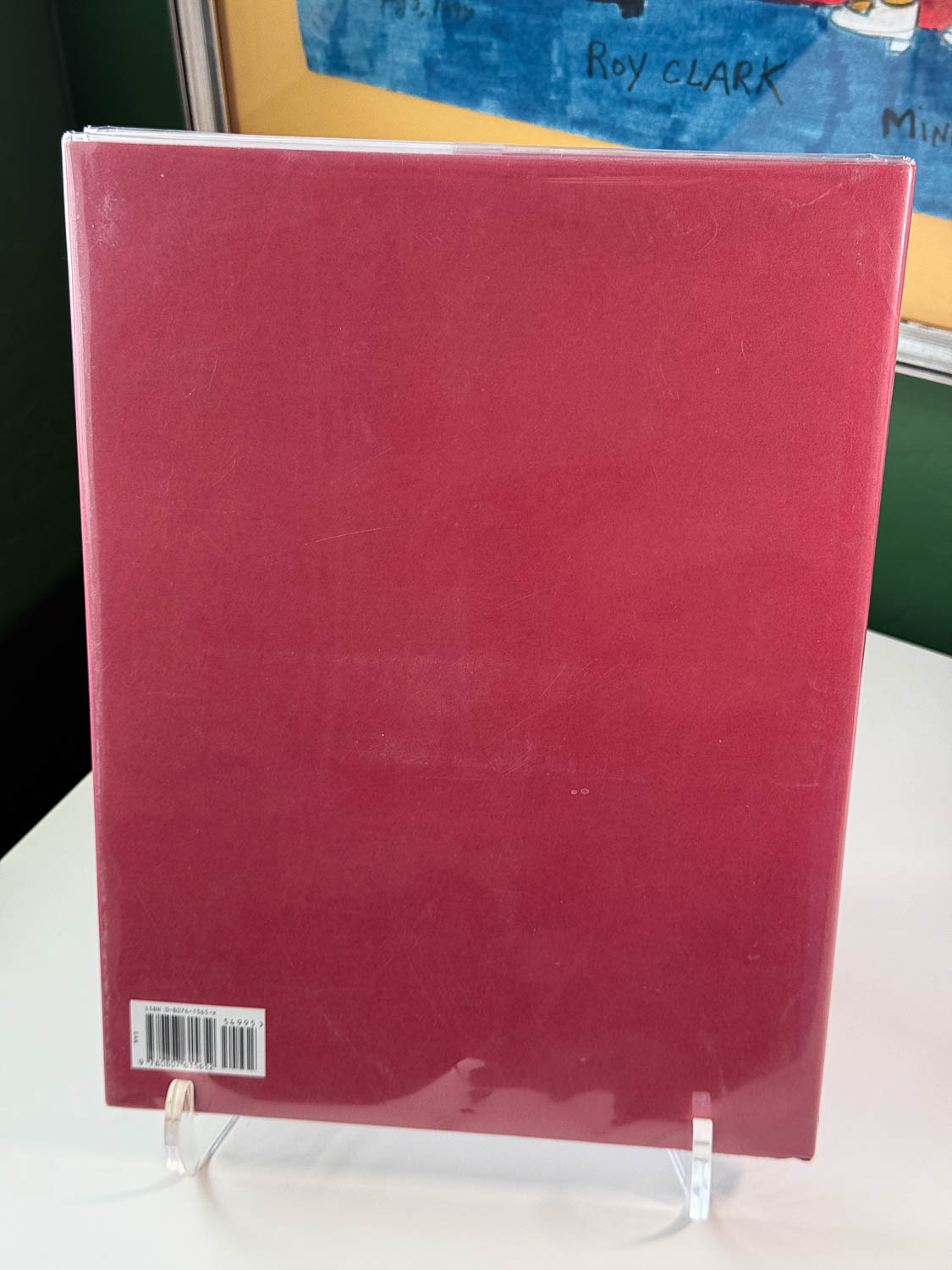
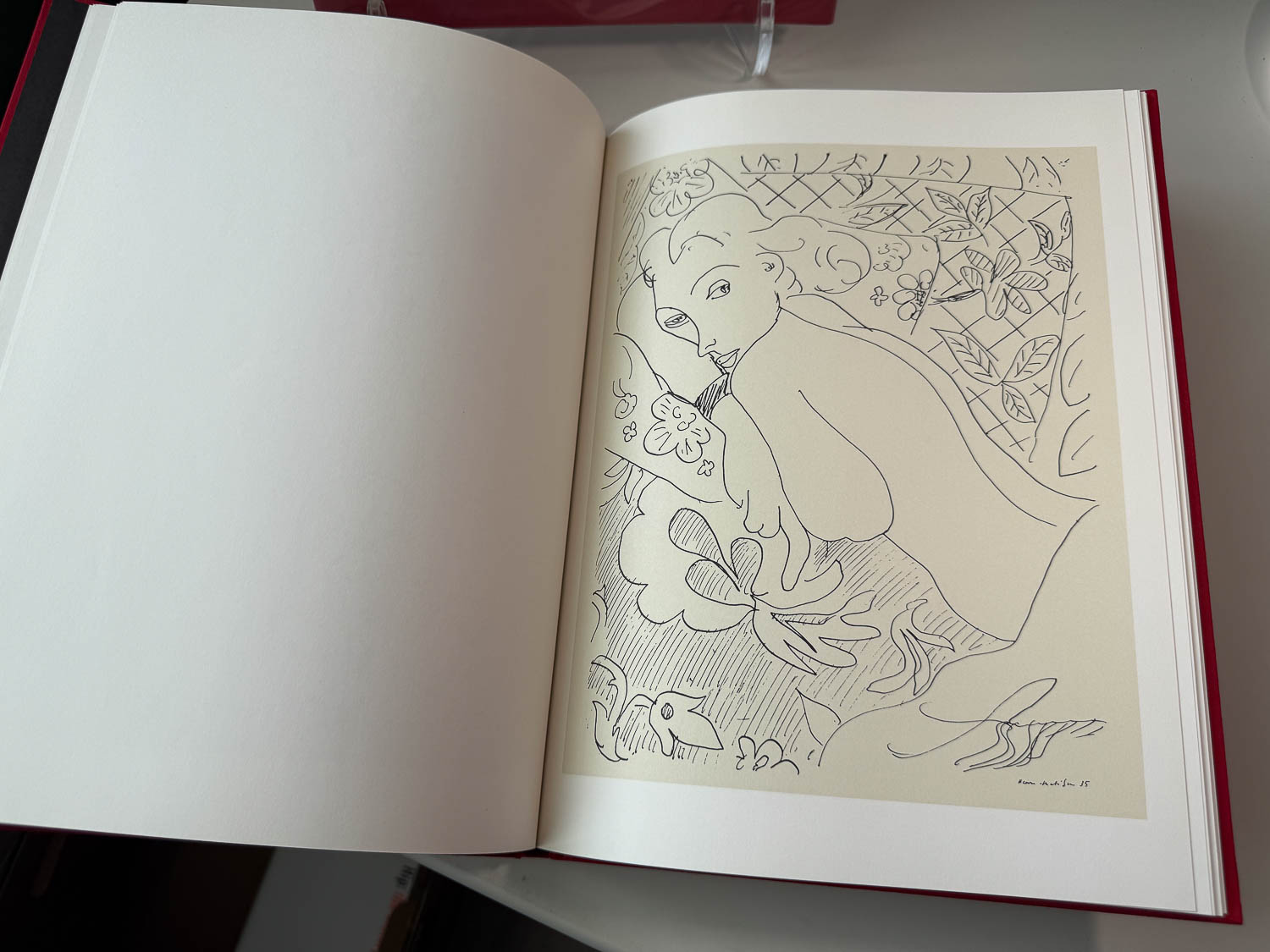
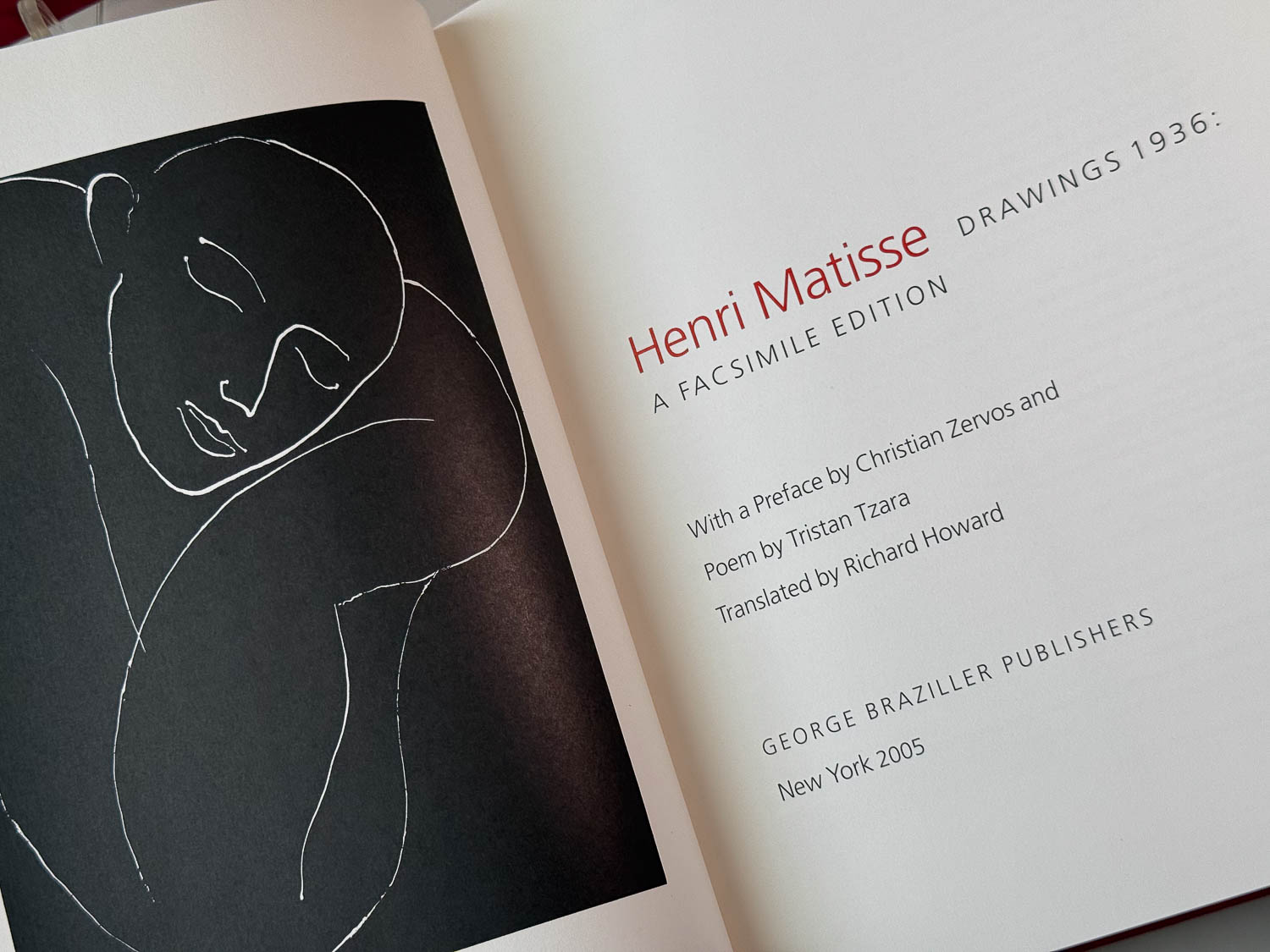
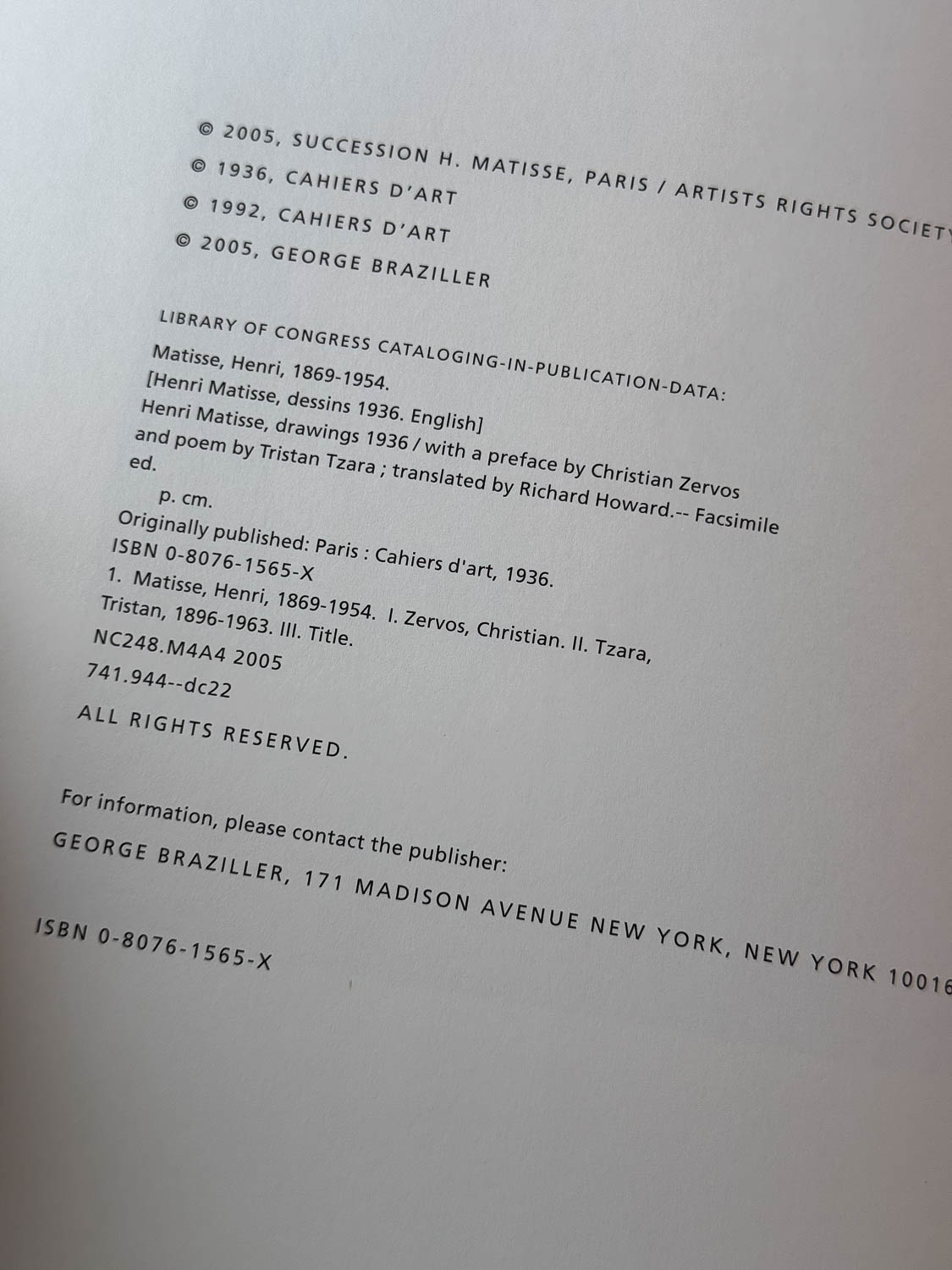







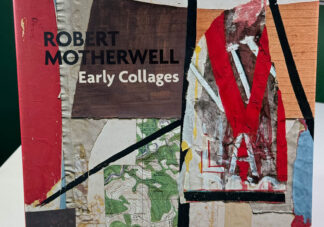
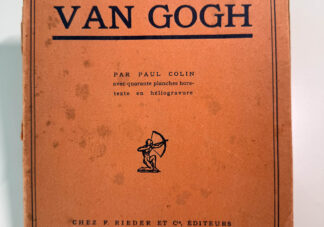


 Edward Steichen: A Master of Light & Form – Iconic Photography Monograph
Edward Steichen: A Master of Light & Form – Iconic Photography Monograph 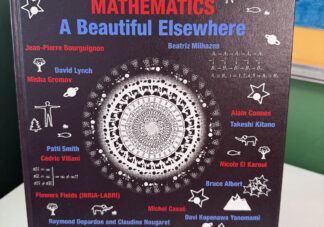
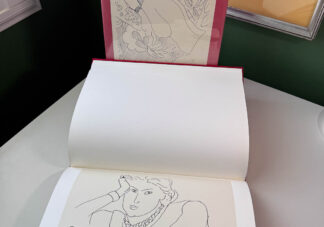
Reviews
There are no reviews yet.